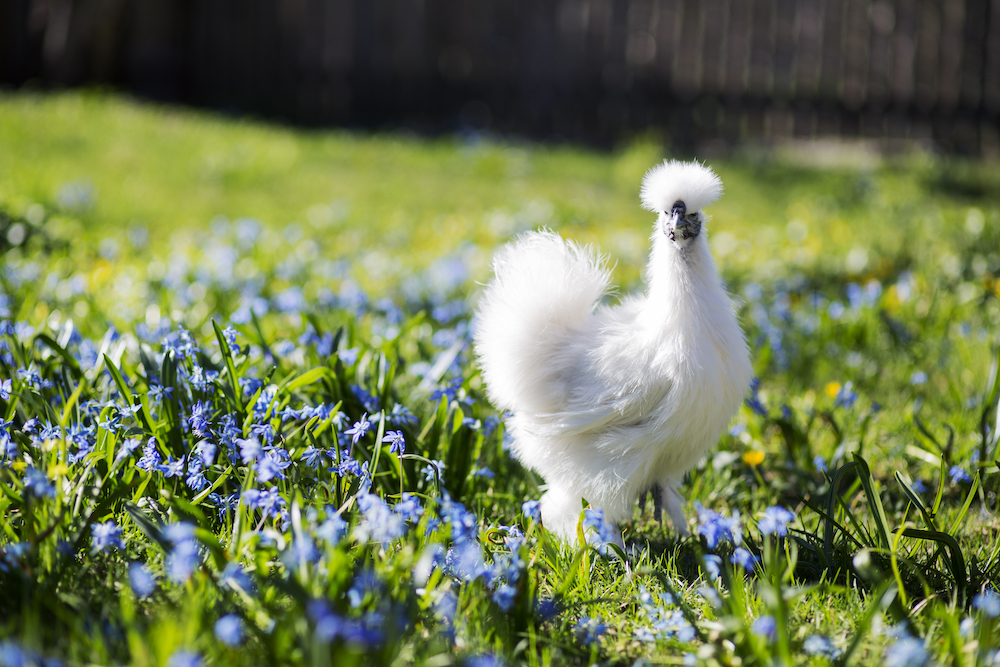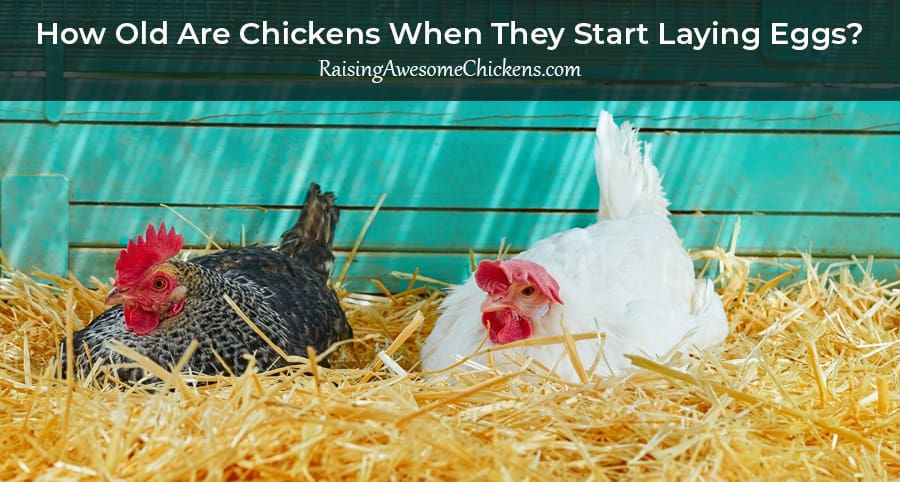Last Updated on January 27, 2024 by AwesomeChickens
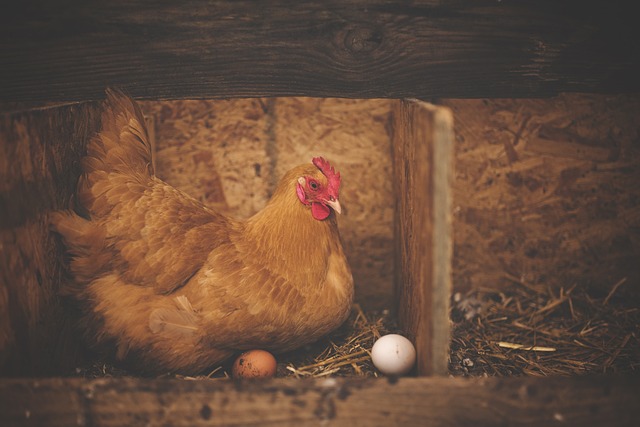
Nesting boxes are pivotal in a backyard chicken setup, providing a designated and comfortable space for hens to lay their eggs. Understanding the importance of nesting boxes and how to maintain them is essential for ensuring your flock’s well-being and producing high-quality eggs.
Table of Contents
The Purpose of Nesting Boxes:
- Comfort and Security:
Nesting boxes create a secure and private environment for hens to lay eggs. Chickens, by nature, seek out secluded spots to lay eggs, and providing nesting boxes helps replicate this instinctual behavior. The enclosed space of a nesting box offers a sense of security, reducing stress and promoting a calm laying environment.
- Egg Protection:
Nesting boxes serve as protective spaces for eggs, preventing them from being laid in random locations around the coop or yard. When eggs are laid in designated boxes, they are less likely to be exposed to dirt, debris, or potential breakage. This contributes to better egg quality and reduces the risk of egg-related issues.
- Easier Egg Collection:
Having eggs laid in nesting boxes makes the collection process more convenient for chicken keepers. Eggs are neatly contained, making it simple to gather them without the need for extensive searching. As a result, this efficiency is particularly valuable for those with larger flocks.
- Minimizing Broodiness:
Nesting boxes can also help minimize broodiness, a condition where hens become excessively attached to their eggs, often resulting in a refusal to leave the nest. Therefore, by providing well-designed nesting boxes, you encourage hens to lay their eggs and then move on, reducing the likelihood of broodiness.
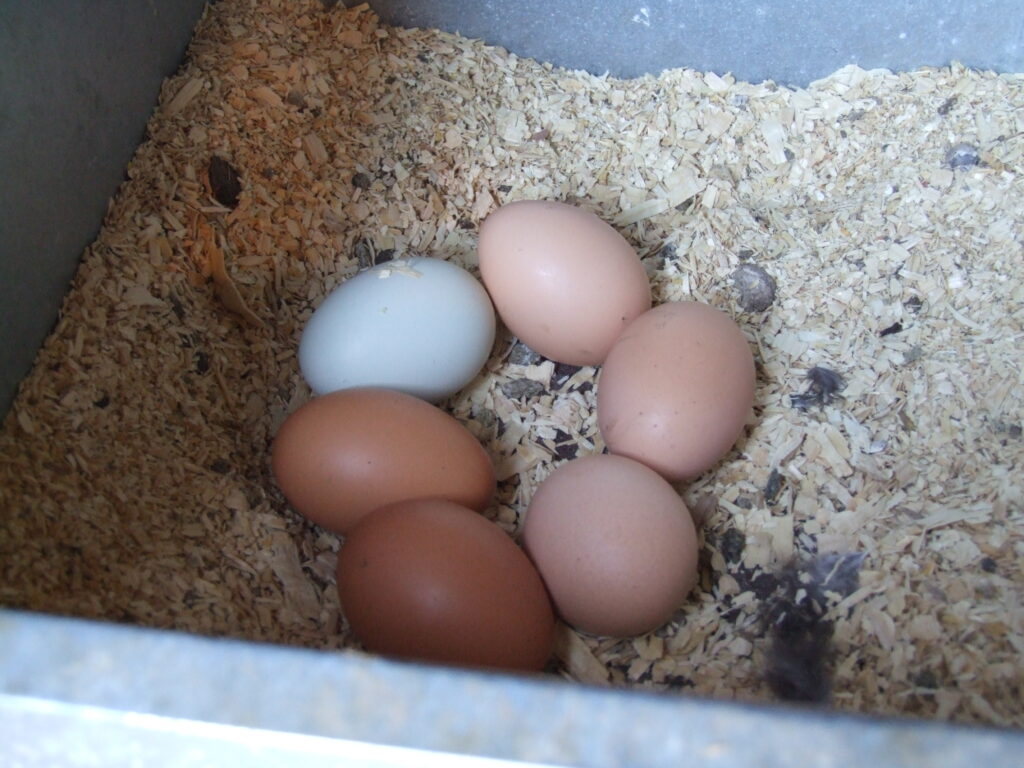
Maintaining Nesting Boxes:
- Regular Cleaning:
Cleanliness is crucial for the health and well-being of your flock. Regularly clean nesting boxes by removing old bedding, feathers, and any accumulated dirt. This not only provides a sanitary environment for egg-laying but also reduces the risk of mites or parasites.
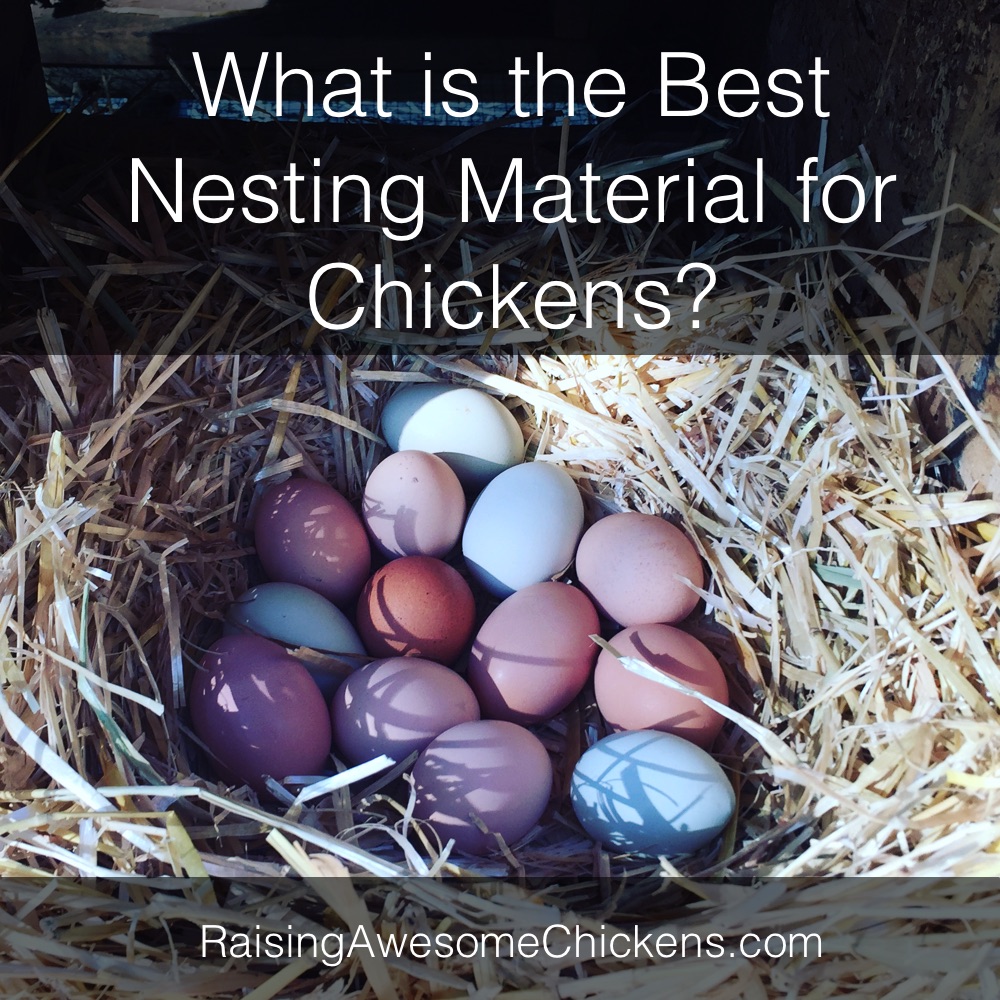
- Proper Bedding Material:
Choose appropriate bedding material for nesting boxes. Straw or pine shavings are commonly used and provide a comfortable and absorbent surface for laying eggs. Ensure that the bedding is changed regularly to maintain freshness and cleanliness.
- Positioning and Accessibility:
Nesting boxes should be positioned in a quiet and dimly lit area of the coop to create an inviting environment for egg-laying. Additionally, ensure that boxes are easily accessible to hens, with a low entrance that allows them to enter and exit comfortably.

- Adequate Ventilation:
Proper ventilation is essential to prevent the buildup of moisture and odors inside nesting boxes. Adequate airflow helps keep the nesting area dry, reducing the risk of bacterial growth and ensuring a pleasant space for egg-laying.
- Monitoring for Broodiness:
Keep an eye on nesting boxes for signs of broodiness. If a hen shows a tendency to stay in the nesting box for prolonged periods, consider using a broody box or separating her temporarily to discourage broodiness and maintain the functionality of the nesting area.
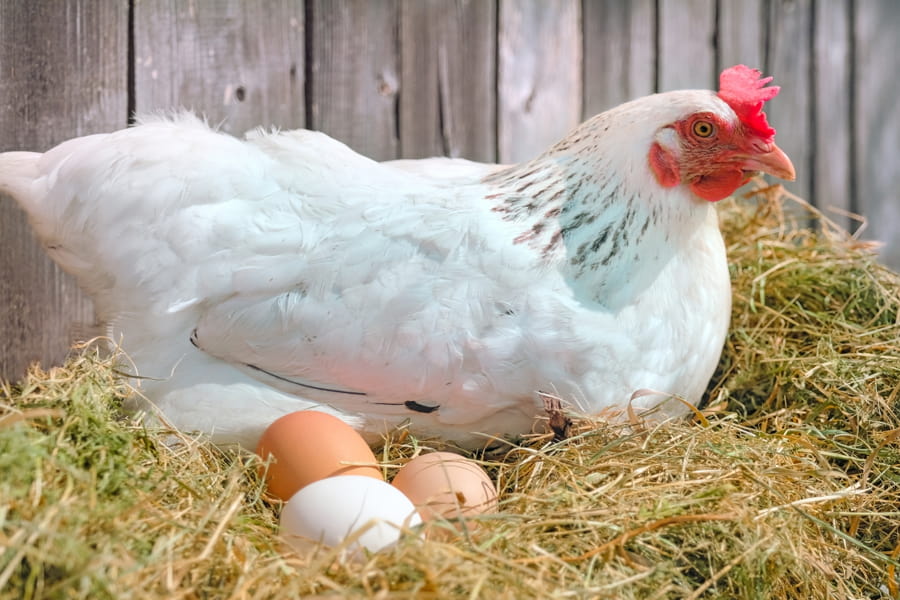
- Regular Inspection:
Conduct regular inspections of nesting boxes to identify and address any issues promptly. Check for wear and tear, loose screws, or any damage that might compromise the structural integrity of the boxes. Repair or replace damaged nesting boxes as needed.
Conclusion: Ensuring a Cozy Haven for Egg-Laying Success
Finally, nesting boxes are not just functional spaces for egg-laying; they contribute significantly to the overall well-being of your flock. Understanding the importance of nesting boxes, their purpose and implementing proper maintenance practices create a cozy haven that encourages a stress-free environment for hens to lay their eggs. As diligent keepers, ensuring the comfort and hygiene of nesting boxes ultimately leads to high-quality eggs and contented, happy chickens in your backyard coop.







